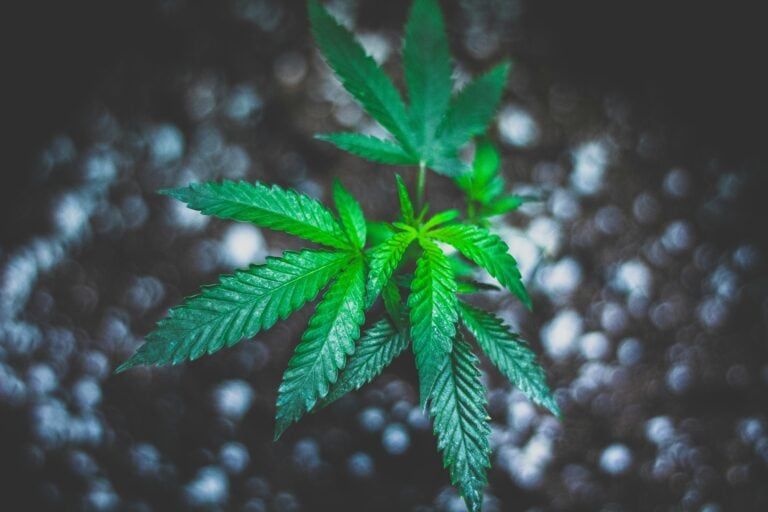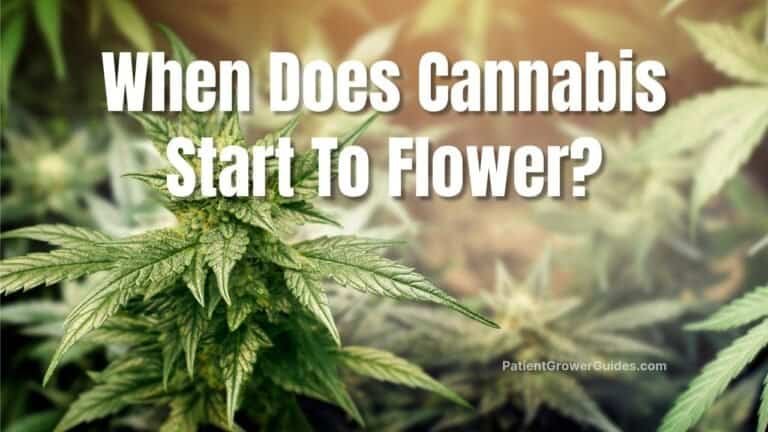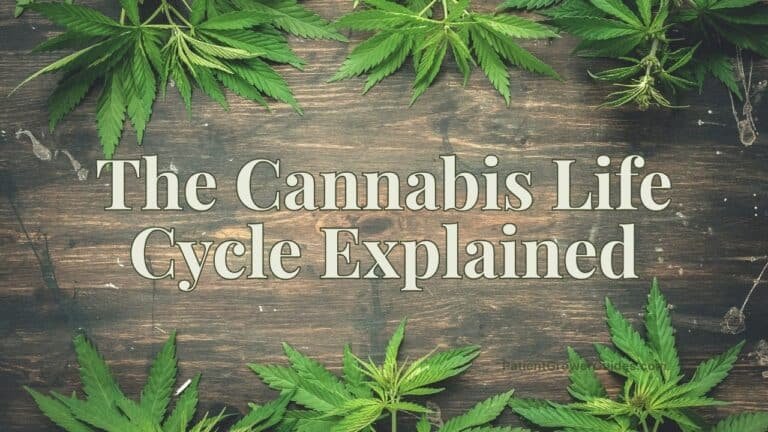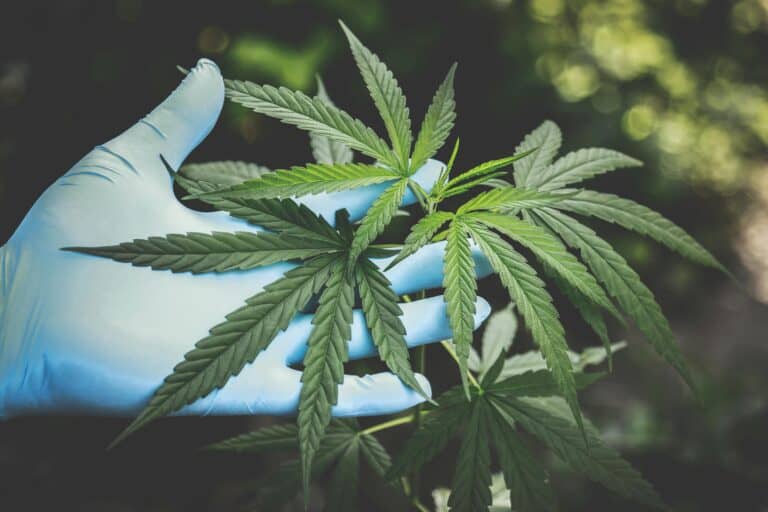What Are Cannabinoids? I Fell Down the Research Rabbit Hole So You Don’t Have To
If you’ve ever stared at a dispensary menu and felt like you needed a science degree just to pick something out, you’re in the right place. I’ve been there. My journey into growing started with what I thought was a simple goal: figure out the best cannabis strain to grow for my own medical use.
That one little question immediately sent me down a rabbit hole. Suddenly, I wasn’t just looking at strains; I was drowning in a sea of new terms like ‘terpenes,’ ‘flavonoids,’ and the biggest, most confusing one of all: ‘cannabinoids.’ I honestly thought THC and CBD were the whole story. As it turns out, that’s just the cover of a very thick, and frankly, intimidating book.
So, I grabbed a giant pot of coffee, opened way too many browser tabs, and decided I was going to make sense of it all. This article is the result of that deep dive. It’s everything I wish I had found in one place—a plain-English guide to what cannabinoids are, what they do, and why they matter for us. Let’s figure this out together.
So, What Are Cannabinoids in Simple Terms?
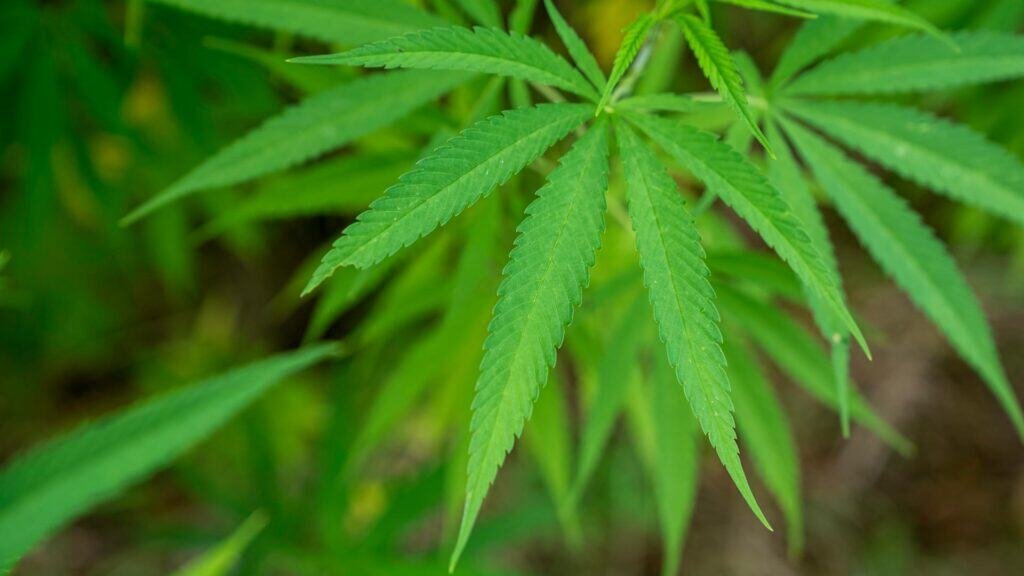
Let’s be honest, the scientific explanations out there for cannabinoids can be a total headache. So here’s the simple version I wish I had found first. I’m not a scientist, but this is the easiest way I can explain what a cannabinoid is based on all the research I did.
The Chemical Compounds That Make Cannabis Work
Think of cannabinoids as the “active ingredients” inside the cannabis plant. They are the naturally occurring compounds found in the cannabis sativa plant that are responsible for the huge range of effects it produces. Everything from the famous intoxicating “high” to feelings of relaxation and relief can be traced back to these essential compounds.
When people talk about the properties of cannabis, they’re really talking about the effects of the specific cannabinoids contained in that particular plant. Scientists have identified more than 100 different cannabinoids in the cannabis sativa, but for now, just know they are the tiny engines that make the whole thing work.
Are Marijuana and Cannabis the Same Thing? A Quick Clarification
You’ve probably heard the words “marijuana” and “cannabis” used as if they mean the same thing, and I was definitely confused about this at first. Here’s the simple breakdown I learned.
“Cannabis” is the correct, scientific name for the plant itself. It’s the proper term for what we are learning to grow. “Marijuana,” on the other hand, is a common slang term. It’s most often used to refer to cannabis that contains a significant amount of THC (the compound that creates the “high”). Because the term “marijuana” has a complicated history and “cannabis” is simply more accurate, that’s the word you’ll see us use on this site.
Meet the “Big Two”: Understanding THC and CBD
Okay, let’s talk about the celebrities of the cannabis world. Even before I started this whole growing journey, I’d heard of THC and CBD. But if I’m being honest, I didn’t really know the difference, other than one was famous for the “high” and the other was… well, the other one. It turns out the relationship between these two cannabinoids is one of the most important things to understand when choosing a strain.
THC (Tetrahydrocannabinol): The Famous Psychoactive Compound
This is the big one, the cannabinoid that gets all the attention. THC, short for Tetrahydrocannabinol, is the primary psychoactive compound in cannabis. When someone talks about the euphoric “high,” they are talking about the psychoactive effects of THC.
But for many patients, this cannabinoid is about much more than just those effects. It’s widely studied for its potential to relieve pain, reduce nausea (which is especially important for patients undergoing chemotherapy), and stimulate appetite. Understanding the THC percentage in a strain is a key part of predicting its overall effect.
CBD (Cannabidiol): The Non-Psychoactive Powerhouse
Next up is CBD, or Cannabidiol. For years, CBD was kind of the overlooked younger sibling of THC, but now it’s a wellness superstar in its own right. The most important thing to know about CBD is that it is non-psychoactive. It does not produce a “high.”
Instead, the effects of this cannabinoid are associated with a sense of calm and well-being. People often use cannabis products rich in CBD to help manage anxiety, inflammation, pain, and even seizure disorders. The balance of THC and CBD in a strain is crucial; CBD can actually moderate some of the intense effects of THC.
Don’t Forget the “Minor Cannabinoids”
While THC and CBD are the major cannabinoids and get most of the spotlight, they’re not the only players on the field. Think of them as the lead singer and lead guitarist in a band. The cannabis plant produces over 100 other cannabinoids, often called “minor cannabinoids,” that act as the rhythm section, adding depth and nuance to the music.
You might occasionally see names like CBG (Cannabigerol) or CBN (Cannabinol) on product labels. Science is just beginning to understand what these individual cannabinoids do, but it’s clear they play a role in the overall effects of cannabis. It’s a great reminder that there is still so much to learn about this amazing plant.
How Do Cannabinoids Work? (My Brain Hurt, Too)
Okay, deep breath. This is the part of my research where my eyes started to glaze over. I saw words like “Endocannabinoid System” and “CB1 receptors,” and I seriously thought about just giving up and growing whatever looked prettiest. It sounded like a foreign language. But I pushed through, and I promise, there’s a simple way to understand how cannabinoids do what they do.
Meet Your Endocannabinoid System (ECS)
Here’s the wildest part I learned: your body already has its own system that responds to cannabinoids. It’s called the Endocannabinoid System, or ECS for short. You have one, I have one, and so do most animals. The ECS acts like a master regulator for your body, constantly working in the background to keep things in balance—a state scientists call homeostasis. It helps manage everything from your mood and appetite to your sleep and pain sensation.
To do this, your body produces its very own cannabinoids, called endocannabinoids (the prefix “endo” means “within”). It’s a built-in system designed to work with these compounds.
The “Lock and Key” Model: How Cannabinoid Receptors Work

So if our body already has this system, how does cannabis affect it? The easiest way to think about it is with a “lock and key” model.
The Locks: Your Endocannabinoid System is covered in “locks” called cannabinoid receptors. The two main ones are CB1 and CB2 receptors. CB1 receptors are found mostly in your brain and central nervous system, while CB2 receptors are more common in your immune system and other parts of your body.
The Keys: The cannabinoids are the “keys.” The ones from the cannabis plant (like THC and CBD) fit into these receptor locks and turn them, causing an effect.
Here’s a simple example of how it works: THC has a shape that allows it to bind perfectly to the CB1 receptors in your brain, which is what produces the psychoactive effects we know as a “high.” CBD, on the other hand, doesn’t fit neatly into that lock. Instead, it seems to work by preventing other cannabinoids from binding or by influencing the locks in other ways. This is why the effect of cannabinoids can be so varied—it all depends on which keys are interacting with which locks.
Key Takeaways from the Science Stuff:
- Your body has its own built-in cannabinoid system (the ECS).
- Cannabinoids from the plant (like THC) act like keys.
- Your body’s cannabinoid receptors (like CB1) act like locks.
- The interaction between these keys and locks is what produces the effects of cannabis.
A Quick Word on Synthetic Cannabinoids
During my research, I kept stumbling across the term “synthetic cannabinoids,” usually in news articles with flashing warning signs. It sounded pretty sketchy, and I wanted to understand what they were and how they were different from the natural compounds in the cannabis plant we’re talking about.
What Is a Synthetic Cannabinoid?
A synthetic cannabinoid is exactly what it sounds like: a man-made chemical created in a lab. These compounds are designed to mimic the effects of THC and are often sprayed onto dried plant material and sold under names like “Spice” or “K2.”
It’s extremely important to know that these are NOT the same as the cannabinoids found naturally in cannabis. Because they are created artificially, their effects can be wildly unpredictable and, frankly, dangerous. They can produce much more intense and adverse effects and are not something any medical cannabis patient should ever experiment with.
Why We’re Sticking With What We Grow
For our community at Patient Grower Guides, this distinction is simple. We are focused exclusively on the natural cannabinoids that the cannabis plant produces. The entire point of our journey is to grow our own medicine so we can have control and confidence in what we’re consuming.
By sticking to the compounds naturally produced by the cannabis plant, we can focus on the predictable and well-researched effects of cannabinoids like THC and CBD. We’re leaving the synthetic stuff in the “absolutely not” category where it belongs.
Your Questions, Answered (The Stuff I Googled at 2 AM)
As I was going down the research rabbit hole, I had a bunch of nagging questions that kept popping into my head. I figured if I was asking them, you might be too. So, here are the straightforward answers to the questions I was Googling in the middle of the night.
Will all cannabinoids get me high?
Nope! This is one of the biggest misconceptions about cannabis. The famous “high” is caused almost exclusively by one cannabinoid: THC.
Many other cannabinoids, like the superstar CBD, are completely non-psychoactive. This is why you can buy CBD products at a local grocery store without worrying about any intoxicating effects. Different cannabinoids have different jobs, and getting you high is just one of many possibilities.
Are cannabinoids legal? (The complicated answer)
This is where things get tricky, because the answer is, “it depends.” As of August 2025 in the US, legality depends on the specific cannabinoid and your state’s laws.
THC: The legality of THC is handled at the state level. Some states have recreational programs, some have medical-only programs, and in some, it remains illegal.
CBD: Generally, CBD derived from the hemp plant (which is just cannabis with less than 0.3% THC) is federally legal thanks to the 2018 Farm Bill. However, some states still have their own specific rules. The Food and Drug Administration (FDA) has approved some cannabis-derived prescription drugs but is still determining how to regulate the broader CBD market.
Disclaimer: I’m a patient and a grower, not a lawyer. Laws around cannabis and cannabinoids are constantly changing. This is not legal advice, so please, always check the most current regulations in your specific state and city.
What’s the difference between a cannabinoid and a terpene?
This was a huge “aha!” moment for me. If you think of cannabinoids as the engine of a car—providing the main power—then terpenes are the steering wheel and the stereo system. They guide the experience and set the mood.
Cannabinoids are the primary drivers of the major effects (like whether a strain is psychoactive).
Terpenes are the aromatic compounds that create the plant’s smell and taste (like citrus, pine, or lavender). They also work together with cannabinoids to modify and refine the overall effect.
This teamwork is what experts call the “Entourage Effect“—the idea that all these compounds working together in the natural plant are more effective than any single compound on its own. It’s a fascinating topic that we’ll dive into in another article!
My Final Thoughts: What This All Means for Our Grow
So, after falling down that rabbit hole and coming back out with all this new information, what’s the big takeaway for us? Why does understanding the difference between THC, CBD, and all these other cannabinoids actually matter for a first-time patient grower?
Why This Knowledge Matters for Choosing Your Strain
For me, it all comes down to empowerment. Before this, I would have just looked for the highest THC percentage, assuming that “more” meant “better.” Now I know that’s not the whole picture.
Understanding cannabinoids means we can look at a strain’s profile and make a truly informed choice based on our medical needs. We can start asking better questions: What is the ratio of THC to CBD? Is this strain known for having a specific minor cannabinoid that might help with my condition? This knowledge transforms us from passive consumers into active participants in our own wellness. It’s the key to finding a strain that doesn’t just have a high number, but has the right blend of compounds for you.
This is Step One on Our Journey
Learning about cannabinoids is a huge first step, but it’s just that—a first step. Think of this as the foundation we’ll build our entire grow journey on. Now that we have this crucial piece of the puzzle, we can confidently move on to understanding terpenes, choosing the perfect strain for our needs, and eventually, getting our hands in the soil.
I’m excited to keep learning and sharing with you. This whole process is about taking it one step at a time, and we just cleared a major hurdle together. On to the next one!


